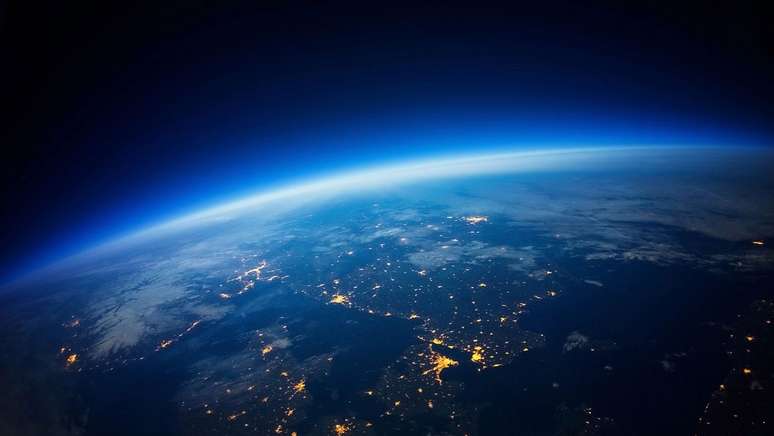These processes directly influence climate, biodiversity and the sustainable use of natural resources
The environmental balance of planet Earth is in danger due to the accelerated increase in global temperatures and its direct consequences. A study conducted by the Potsdam Institute for Climate Impact Research (PIK) has raised concerns about seven critical processes that have already exceeded or are close to exceeding safety levels. These processes directly influence climate, biodiversity and the sustainable use of natural resources.
“The general assessment is that the patient, Planet Earth, is in critical condition. Six of the nine ‘Planetary Limits’ have been exceeded and seven processes show a tendency to increase pressure. Soon, most ‘Planetary Control’ parameters State ‘Planetaria’ will be in the high risk zone”Johan Rockström, director of PIK, told g1.
These phenomena include everything from deforestation and rampant urbanization to pollution and excessive use of fertilizers. Understanding the extent of these impacts is critical to addressing the environmental crisis that threatens the balance of life on Earth. Below we detail some of the processes that require urgent attention.
What are the critical processes according to the study?
Researchers have identified seven risk areas that highlight the planet’s state of alert. Prominent are changes in land use, rising global temperatures, the reduction of biodiversity and the disruption of the nitrogen and phosphorus cycle. These areas are located in a high risk zone, which indicates the need for immediate and effective measures.
Furthermore, chemical pollution and the unsustainable use of fresh water further worsen the environmental scenario. Ocean acidification, in particular, represents an imminent threat to marine life, affecting organisms essential to the balance of marine ecosystems.
How does land use affect environmental balance?
Land use transformations, primarily through deforestation and urban expansion, are destroying habitats and compromising vital ecological functions. Forest cover has been significantly reduced, as currently only around 59% of the original area is preserved. Urban and agricultural areas have replaced vast regions of tropical and boreal forests, reducing these areas’ ability to regulate climate and protect biodiversity.
These changes are closely linked to extensive agriculture and the growth of urban areas, which were primarily responsible for global deforestation between 2000 and 2018. The resulting ecological degradation compromises not only native flora and fauna, but also the ability of the planet to support human life in a sustainable way.
Resource exploration and the nitrogen cycle
The rampant use of fertilizers is damaging the cycles of nutrients such as nitrogen and phosphorus. These are essential elements for life, but their excessive use has led to dangerous levels of saturation of the environment, particularly bodies of water. This imbalance contributes to algal blooms and oxygen depletion, leading to dead zones in aquatic environments.
Studies indicate that industrial production of nitrogen and phosphorus for fertilizers exceeds established safety limits, leading to unprecedented degradation of aquatic ecosystems and increasing the risk of biodiversity loss.
Ocean acidification is caused by increased absorption of CO₂ from the atmosphere by seawater, which alters the chemical balance of the ocean. This change affects calcified marine organisms, such as corals and molluscs, compromising their ability to form healthy structures and threatening the survival of coral reefs, fundamental to many ecological systems.
With aragonite saturation levels approaching safe limits, marine life is facing increasing risks that could lead to the extinction of several species and the destruction of vital marine ecosystems. This situation is a warning about the need for integrated global actions to preserve the oceans and reduce CO₂ emissions.
Source: Terra
Rose James is a Gossipify movie and series reviewer known for her in-depth analysis and unique perspective on the latest releases. With a background in film studies, she provides engaging and informative reviews, and keeps readers up to date with industry trends and emerging talents.







